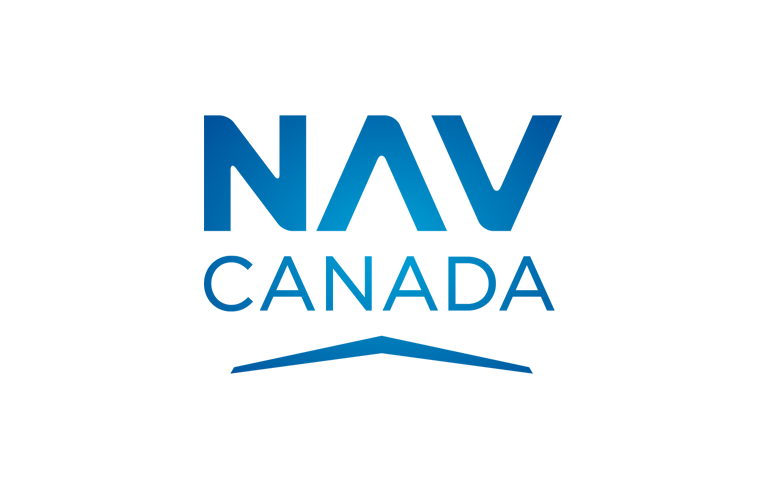Nav Canada: Radar replacement: a worthwhile investment

Over the course of the next 10 years a massive radar replacement project will take place across the country. It’s the largest capital project NAV CANADA has ever undertaken at a cost of $159 million. The first of 11 new radars is set to be operational in Hamilton by August 2019 with new sites receiving replacement radars at the rate of one per year, ending in Halifax in 2028.
Why is this change taking place?
Radar remains one of the key surveillance sources for air traffic control and will continue to be a key surveillance source in specific areas even once spaced-based ADS-B surveillance comes online next year.
The current radar systems are over 30 years old. Due to their age, various electronic components are becoming obsolete and parts are sometimes difficult to replace. Each radar upgrade will improve reliability, advance the exchange of data, lower maintenance costs and mitigate potential service outages. The new radars will function in Mode-S and Mode A/C which will allow the system to set up a datalink with the aircraft to request additional information, including ground speed, heading and tracking, bank angle, and its unique Mode S identifier. The Mode-A/C radars that are currently in use provide information regarding altitude and SSR code.
Among the improvements that will be seen is the ability to filter out interference from objects like wind turbines. Currently, primary radars detect moving wind turbine blades, causing false targets on the display.

NAV CANADA’s new radars have already been built and tested at the manufacturer in Italy. In March 2018 they will be shipped to Montreal where they will be assembled in a specially designed shelter. By the end of June, the first radar will be ready for shipment on a flatbed truck to the test site in Ottawa. Meanwhile, work is already underway to prepare the sites for the new equipment.
Replacing essential equipment like radar requires meticulous planning to make sure that all changes are made safely and with a minimal impact on operations. Each site requires significant testing and validation before the transition is complete.
Before the first new radar is installed, testing will be completed at an Ottawa test site. The goal of this testing will be to prove that the system meets all technical requirements and complete integration tests with our air traffic management display systems.
Once that is complete, a portable radar will be installed in Hamilton to provide coverage while we are working on the operational site. In order to reduce the risk of service interruption, the portable radar will work in parallel with the current radar for 30 days. Then once installation of the new radar is complete, that system will again run in parallel with the portable radar for a period. The portable radar will then be shut down and moved to the next site. This process will continue throughout the country starting in Hamilton, and followed by Ottawa, Toronto, Calgary, Vancouver, Victoria, Edmonton, Winnipeg, Montreal, Mirabel, and Halifax.
This investment is part of the more than $2 billion that NAV CANADA has invested in new technology and facilities over the past two decades.






.jpg)
.png)

Comments
There are no comments yet for this item
Join the discussion